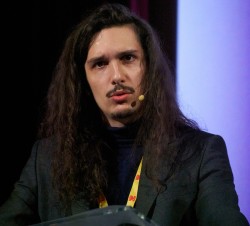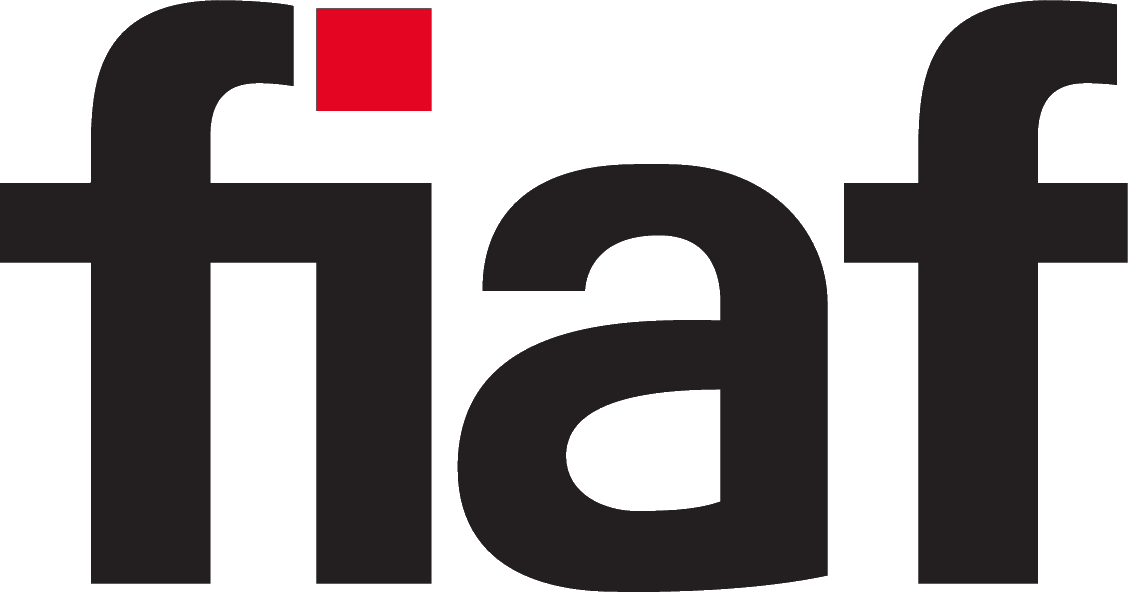2022 Budapest Congress
Session 4 : “Immediate Present” – Digitisation and access
Budapest, 25 April 2022
Moderator : Eva Näripea, Director (Film Archive of The National Archives of Estonia, Tallinn)
Please do not publish or re-use in any way any of these documents without prior permission of the speakers.
Archives as the new site of cinema
Stefanie Schulte Strathaus, Artistic Director (Arsenal – Institute for Film and Video Art in Berlin)
The interconnection between cinema and archive practice has a long history. Cinema was always seen as the public space for film history, while archive work and film studies were reserved for the respective world of experts. This has changed: Digitization, decolonial discourse and interdisciplinary research in archives and beyond made filmmakers, artists, curators and other cultural practitioners the new archivists. Are archives becoming the new sites of cinema? The presentation introduces future concepts of both, film archives and cinema, based on four case studies, in which filmmakers and artists initiated new institutional practices: The Mediateca Onshore in Guinea Bissau, the Cimatheque – Alternative Film Centre in Egypt and the Lagos Film Society in Nigeria, and last but not least the Arsenal – Institute for Film and Video Art in Berlin, Germany.
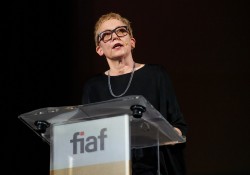
Case study of digitizing and releasing non-fiction films on streaming services
Pekka Tähtinen, Head of Digital Services (KAVI – Kansallinen audiovisuaalinen instituutti / National Audiovisual Institute, Finland)
The National Audiovisual Institute (KAVI) in Helsinki started digitizing its film collections in 2011. The online streaming services Elävä muisti (Memory in Motion) and Elonet were introduced in 2017 and 2019 respectively. Since then, nearly 3,000 films have been released.
Besides feature films, KAVI has a collection of tens of thousands of non-fiction titles with film elements. In 2008, a digital strategy was introduced to develop KAVI into a hybrid archive for both analogue and digital films with emphasis on digital access. A digitizing workflow was set up in 4K, and the same set of standards were used for both feature and non-fiction films.
Being the rights holder to a major part of Finnish film history, KAVI has been able to release much of what it digitizes. KAVI’s major non-fiction collections are the Defence Forces films, and the short film and newsreels collection of the historic production company Suomi-Filmi.
Even with KAVI’s emphasis on feature films, non-fiction titles have gained more and more attention, and soon became more popular than fiction, first on DVD releases and later on the streaming services.
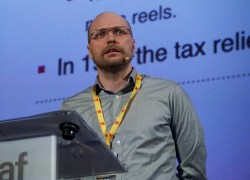
Collaboration on cataloguing, deposit and digitisation of Flemish non-fiction film heritage
Bruno Mestdagh, Head of Digital Collections and Film Restoration (Royal Film Archive of Belgium)
Brecht Declercq, Digitization and Acquisition manager at meemoo (Flemish Institute for Archives and President of FIAT/IFTA)
An important part of the world’s film heritage is dispersed and preserved outside film archives, but to save it, their knowledge, skills, and infrastructure are of exceptional importance. That’s the starting point of a collaboration set up by Cinematek and meemoo in Belgium since 2014.
In Flanders, meemoo is responsible for digitization, sustainable digital archiving and access to the audiovisual heritage preserved by 162 'content partners': broadcasters, heritage institutions, government organizations and performing arts organizations. About 60 of them have film materials in their collections, from just a few to thousands of reels. In most cases, these are non-feature films. But it’s well known that any digitization policy for film materials must be rooted in inventory and cataloguing activities, active and passive conservation, and long-term storage of analog films originals. The infrastructure, knowledge and skills required are often absent outside the film archives.
In this paper we’ll provide an overview of the Flemish film heritage landscape. We’ll give an overview of meemoo and Cinematek’s unique approach to preserve it, highlighting the cataloguing, assessment, and content description activities. Each film reel is checked on technical aspects and receives a content description. Based on this, the owner can decide to digitize or not. This approach allows also to compare the films from different collections and with each other so the best elements can be chosen for digitization.
Emphasis on the presentation will be about the collaboration as a solid base for further conservation and digitization. We will also show that the partnership enables researchers to investigate more certain sub-collections. Research projects already started on moving images of agriculture and rural life, artist’s films from the seventies and the colonial films produced by the congregation of the White Fathers.
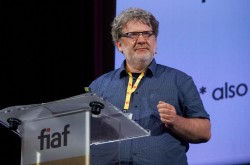

A case study on how to make educational and industrial film collections “more visible”
Mika Tomita, Curator (National Film Archive of Japan)
Four times a year, the National Film Archive of Japan co-organizes “Monday Cine-Salon” which are cultural and documentary film screenings with lectures. Films are screened based on a theme. An expert on the theme accompanies each film.
The Cine-Salon uses simple and unknown educational and industrial films while the experts guide us on what to observe. For example, we screened the following silent films: “Gymnastics” with a sports scientist, and “Electric Locomotives” with the Railway Research Institute. Each screening attracted a lot of interest from experts in each field and hundreds of people attended.
We used the same approach for the sold-out screenings of very early 1900s Japan (during the Meiji era) using films from BFI's collection. On NFAJ’s “Great Kanto Earthquake” website, most scenes from the footage are enhanced via metadata (description, location, shooting time, and related documents).
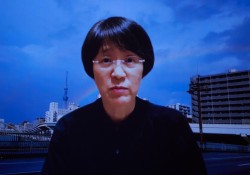
The visible gap: The accessibility of both the archives and its shortcomings through cinema
Nicholas Andueza, PhD student (Universidade Federal do Rio de Janeiro (UFRJ) / Université Paris 1 - Panthéon Sorbonne)
While audiovisual preservation is meant to safeguard against forgetting films by narrowing gaps via the enlargement of collections, it is also true that there will always be images and information missing. Therefore, the imminence of this gap in the midst of preservation efforts cannot be neglected. Based on the experience of creating Passeio Público (2016), a film using archival footage from old Brazilian filmmakers (Alberto Botelho, Silvino Santos) and expanding this experience to the analysis of more significant film productions (Rithy Panh, Susana de Sousa Dias, Bill Morrison), this paper explores the possibility of making both the archives and its limitations and cracks accessible via film. Circling back to the notion of “layers of absence” (FRANÇA and ANDUEZA, 2018), we defend approaching the archives as being soaked in shortcomings, even when fully preserved. More than accessible, these are living archives, capable of defying memory rather than just filling it.
